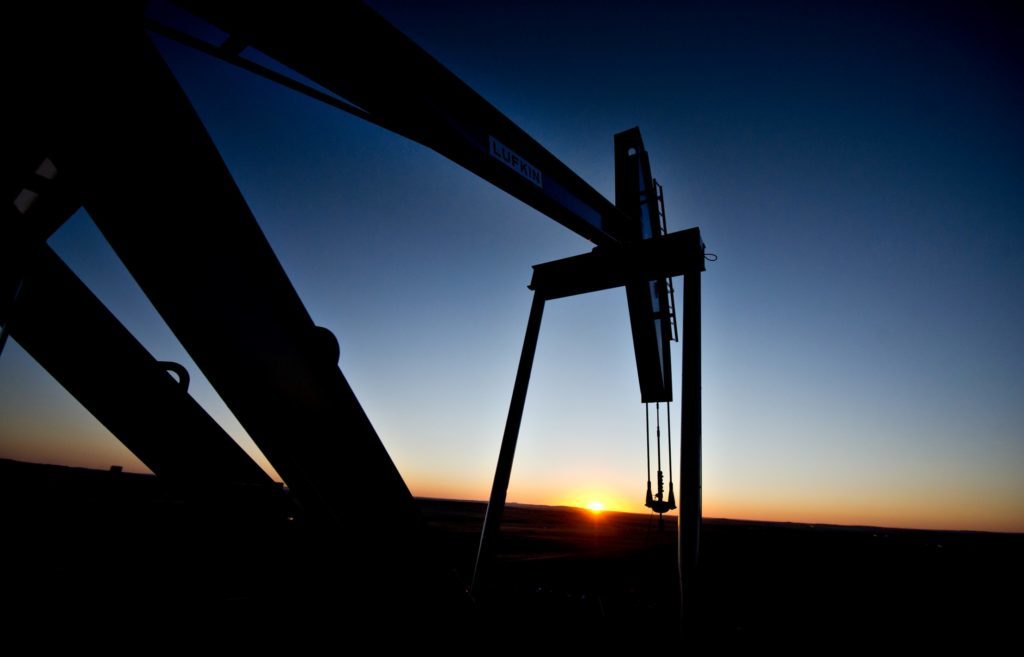
Oil’s rally stalled as OPEC and allied crude producers gathered in Saudi Arabia amid signs a worldwide glut has been mostly eradicated.
After climbing to almost $70 a barrel, futures reversed course and fell 0.4 percent in New York on Thursday. The global oil surplus shrank close to its five-year average and supplies should come into balance with demand by the end of June, according to people with knowledge of data presented at a closed-door OPEC-led meeting in Saudi Arabia.
Some nations that signed up for the historic supply caps may now decide the rising oil prices they spawned will backfire, said John Kilduff, a partner at Again Capital LLC, a New York-based hedge fund.
Major oil-producing countries “may be getting a little nervous that these higher prices will sow the seeds of their own demise,” Kilduff said. “They are going to be expressing concern about that” as they convene for a special meeting in the Saudi city of Jeddah.
U.S. oil producers have ramped up drilling as crude prices surged. Domestic oil output rose to a record 10.5 million barrels a day last week, Energy Information Administration data show.
The gathering of OPEC members and representatives of nations that agreed to join the cartel’s output cuts will play out against a backdrop of geopolitical tensions that could threaten supplies in key oil-producing countries. These include the potential restoration of U.S. sanctions on Iran and Venezuela’s ongoing spiral into economic and social chaos.
West Texas Intermediate for May delivery fell 18 cents to settle at $68.29 a barrel on the New York Mercantile Exchange after earlier touching $69.56, the highest intraday price since November 2014. Total volume traded Thursday was 22 percent above the 100-day average.
Brent for June settlement added 30 cents to $73.78 on the London-based ICE Futures Europe exchange.
In the U.S., total inventories of crude and refined products, excluding strategic petroleum reserves, fell by 10.6 million barrels last week to the lowest since March 2015, according to Energy Information Administration data. Crude stockpiles alone slid by 1.1 million barrels, versus forecast for a 650,000-barrel gain.
U.S. gasoline demand surged to a record high of 9.9 million barrels a day even before the summer driving season starts, when consumption typically peaks. Stockpiles of gasoline fell by almost 3 million barrels, compared with a 450,000-barrel increase expected in a Bloomberg survey.
Other oil-market news:
The beginning of summer may herald the end of a boom for diesel, the fuel that underpinned crude’s rally into a bull market last year. Global markets for equities, currencies and metals have all been whipsawed by the uncertainty over what U.S. President Donald Trump’s next geopolitical move would be. Oil’s about to have a turn. Crude has surged to a three-year high, the stockpile surplus is all but gone and OPEC’s choke-hold on its own production is only getting tighter. As oil ministers gather in Saudi Arabia, the $80 a barrel the kingdom desires is inching closer. Rapid increases in U.S. oil output and exports over the past two years are forcing some traders and producers to try alternative ways of pricing crude.
